By Glenn Barnett
In May 1939, Mongolian herdsmen and part-time militia cavalry crossed the Khalkhin Gol, or Halha, River near the village of Nomonhan in Manchurian-claimed territory. There they pastured their horses as they had always done. The border between Mongolia and Manchuria was historically ill defined, but the nomadic herdsmen did not really care.
Others did, however. Japan now ruled Manchuria, renaming it Manchukuo, while Mongolia was allied with Soviet Russia. Manchuria, and therefore Japan, claimed that the Halha River marked the border while the Mongolians and Russians claimed it to be some 30 miles to the east to include Nomonhan. The Russians called the river, and the battle to come, the Khalkhin-Gol.
The age old traditional grazing of Mongol horses here in 1939 constituted an intolerable border incursion that brought the Soviet Union and Japan to the brink of all-out war. This was the continuation of a long and bitter rivalry between the two nations. Since the first contacts between the two in the fish-rich, frigid waters north of Japan, there had been mutual distrust and animosity.
Japan as a Budding World Power
Early in the 20th century, the two nations had come to blows over Chinese trading rights and fought the brutal Russo-Japanese War that ended in 1905 with the humiliation of Czarist Russia by land and sea. Suddenly Japan had become a world power.
At the close of 1917, in the midst of the Communist revolution that convulsed all of Russia, Japan dispatched over 70,000 troops to Siberia to preserve it from the Bolsheviks– at least that is what they told the rest of the world. They actually had in mind annexing the resource-rich territory to their burgeoning empire.
In Siberia the Japanese found a fluid and confusing political scene dominated by ruthless warlords, monarchists, anarchists, and terrorists all vying to be the power in the land. Constantly shifting alliances convinced the interlopers of the weakness and hopeless divisions among the Russian people. The Japanese and the Western countries quit Russia by 1922, when it was clear that the Communists were victors in the civil war. No love was lost between Japan and the new Soviet government.
In 1931, the Japanese invaded Manchuria and found themselves with a 3,000-mile common, but loosely defined, border with their most implacable foe. In 1936 alone, the Soviets recorded 33 border incidents along their new and uncomfortable frontier. These incidents quickly escalated to include artillery, tanks, and airplanes. In that same year, the Soviets made a mutual assistance pact with Outer Mongolia and moved troops into friendly Mongolian territory.
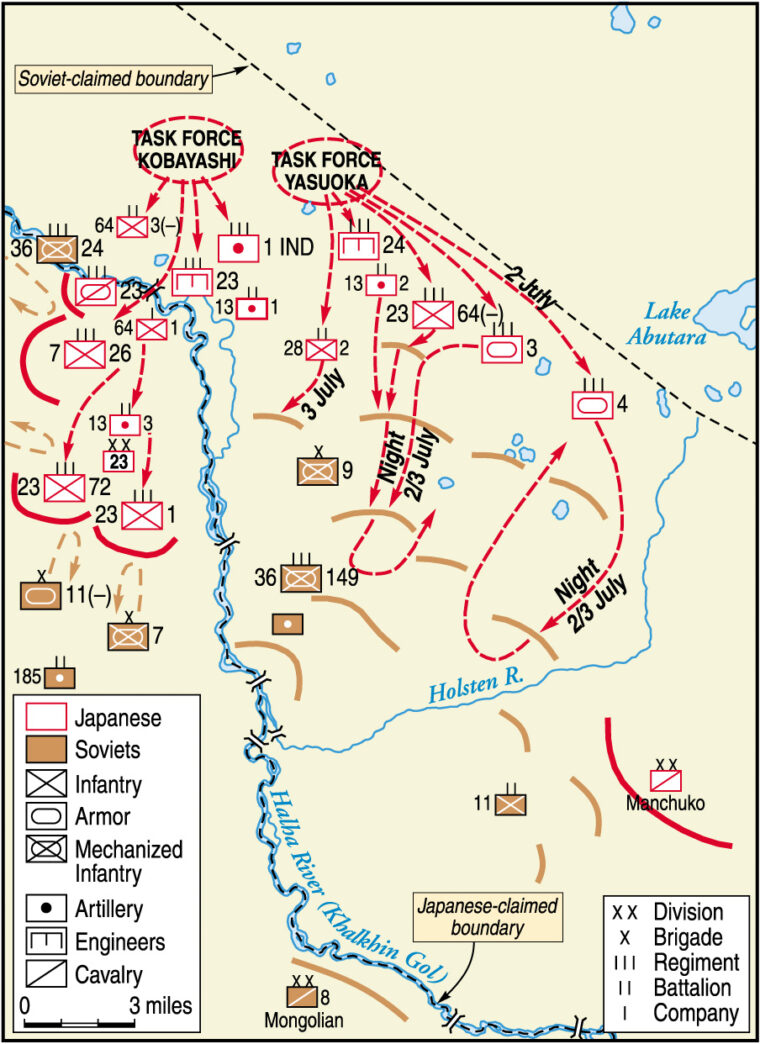
In 1938, the Russians occupied Changkufeng Hill near the mouth of the Amur River at Lake Khasan on the border with Japanese-occupied Korea. The Japanese felt that the Soviets had violated border agreements and, after protesting through diplomatic channels, sent forces to dislodge the “aggressors.”
Japanese battle doctrine dictated a night attack. The unexpected assault in the dark, which culminated in hand-to-hand combat, drove the Russians from the contested hill. For 12 days the Japanese dug in and withstood fierce artillery and air bombardment, taking severe casualties in the process. The Russians were slow and uncoordinated in their response, but in the end the superior numbers and firepower of the Soviet forces won possession of the hill.
The bitter little conflict at Lake Khasan cost both sides a total of 2,500 casualties. Each took away different lessons. The Russians viewed the battle as a sign of their weakness following Stalin’s purges. What was needed was greater defense in depth and a more coordinated response of its forces.
The Japanese knew that they could not match the industrial output of the Russians or the other European powers. They had to rely on the strength of their infantry, perhaps the finest in the world. That meant massed night attacks to neutralize the Russian advantages of artillery and armor. By this method they could engage in hand-to-hand combat with the enemy, defeat him, and claim victory by daybreak as they did at Lake Khasan.
The superior warrior’s spirit of the ordinary Japanese soldier would sweep the field. Japanese infantry training placed emphasis on this noble doctrine despite the lessons of World War I in the blood-soaked trenches of Europe.
Manchurians Called on their Japanese Masters for Help
This fighting doctrine was confirmed by Japanese experience in China where time after time they would be confronted by vastly superior numbers of Chinese soldiers. The discipline and resolve of the Japanese soldiers brought the empire victory after victory over impossible odds. The incident near the village of Nomonhan would bring a different lesson.
When Manchurian border guards spotted the Mongolian cavalry grazing horses on their side of the river, they sent a squad to chase them away. The Mongols fled before them but returned a few days later in greater numbers and more heavily armed. Japanese scouting revealed the presence of field cannon and signs of digging in. The Mongols now outmatched the Manchurians, who called upon their Japanese masters for help.
On May 14, a Japanese patrol of 220 men lead by Lt. Col. Azuma Yaozo easily dislodged the Mongols, who fled before them, refusing battle. The Mongolians in their turn called upon their protectors, the Russians. Both sides began bringing up their forces to the new front. Japanese aerial reconnaissance observed the Russians and Mongolians bringing in artillery and tanks while digging in on the east bank. They would have to be taught a lesson.
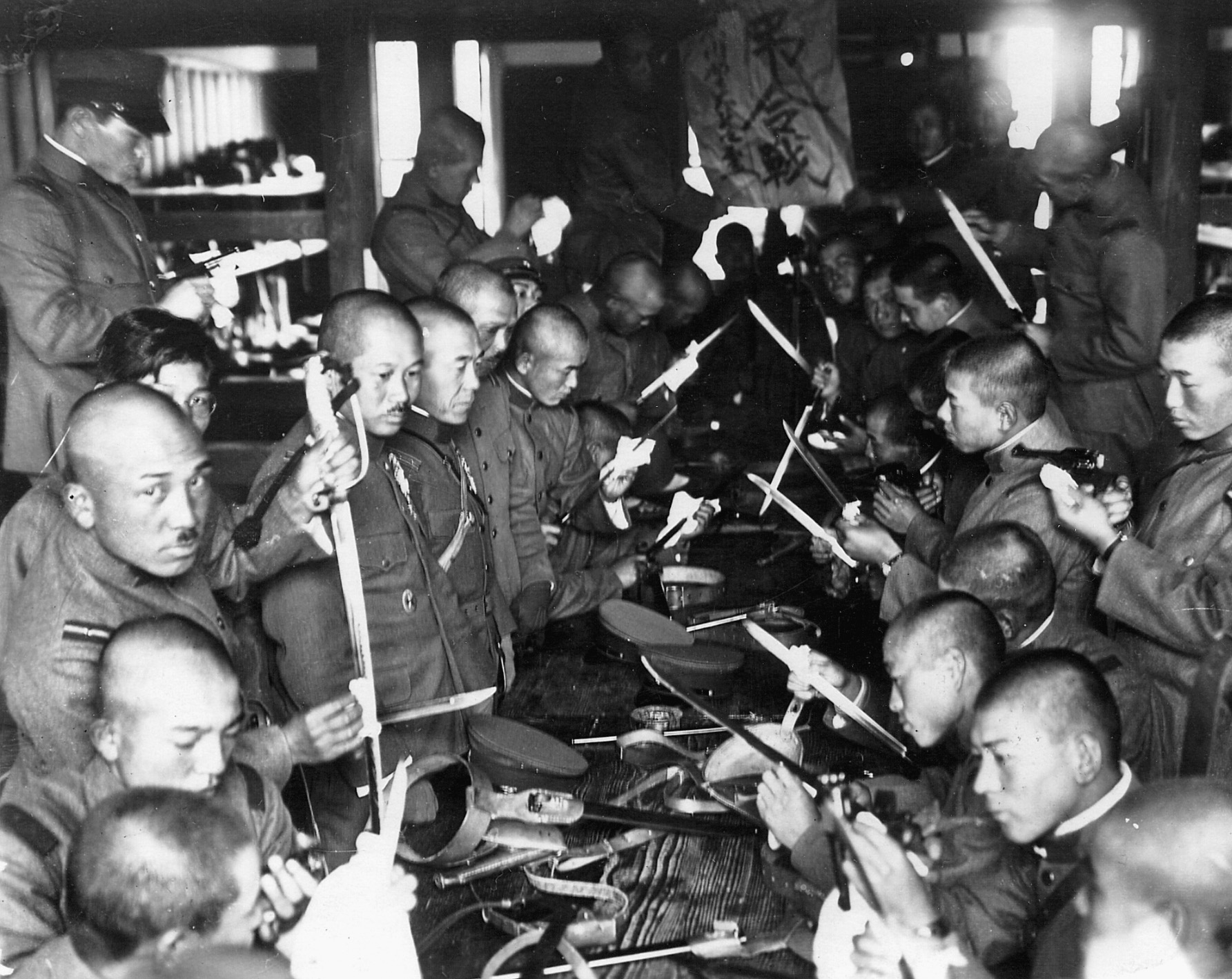
The Japanese were supremely confident. They had been victorious in battle ever since Commodore Matthew C. Perry and a powerful U.S. fleet had visited Tokyo Bay in 1853, opening Japan to the West and releasing them from their centuries-old self-isolation. The Japanese Army brought up its own armored cars, tanks, and airplanes for tactical support; however, most of Japan’s military strength was already committed to the ongoing fighting in China. In Tokyo, military and civilian leaders fretted about taking on another enemy, a second front, at the same time. The Emperor especially was known to oppose a war with Russia.
The Japanese Army in Manchuria, known as the Kwangtung Army, was a law unto itself, independent of Tokyo military planners. They fostered a hatred of Russia encouraged by their onetime commander, Lt. Gen. Hideki Tojo.
Tojo had already fought the Russians briefly in the Russo-Japanese War, as did his father, who had been a general in that war. In 1935, Tojo was sent to Manchuria as the head of a secret police unit, which he used to gain control of the Kwangtung Army. In late 1936, he was appointed to head that army, a post he filled for 14 months. When he was recalled to Tokyo to be vice minister of Japan’s War Department, the Kwangtung officers knew they had a friend at the top who would wink at their aggressive behavior.
The Kwangtung believed in aggressive action to handle any border incursion or dispute with their northern neighbors. They were acting on their own and dragging Tokyo, not altogether unwillingly, along with them.
An Early Sign of Weakness in the Russian Army?
The Russians, for their part, had not been sleeping since the revolution. They had reorganized their armies and begun the process of industrialization and mechanization. They built a second rail line on the Trans-Siberian Railroad specifically to ferry troops, weapons, and supplies over the vast Russian heartland to protect their Siberian frontier from Japan. Further, they had recent modern combat experience in Spain where they tested modern battle tactics and equipment. This was in contrast to recent Japanese battle experience against the huge but entirely unmechanized Chinese armies.
On the down side, the Soviets had lost in Spain, which did not lend credibility to Russian military capabilities in the eyes of their enemy. Then, too, Stalin had recently purged his army of officers and units that he did not personally trust. The Japanese and the world saw this as a sign of weakness in the Russian Army.
Moscow knew that its military was perceived as weakened by recent events. However, Josef Stalin was not about to give in to the Japanese on a border dispute. No sooner had Lt. Col. Azuma left the Halha River area than Mongol and Russian troops reoccupied the disputed territory in even greater strength.
A week after his first “victory,” Azuma returned to deal with the pesky invaders. The Russians fled before him, just as the Mongols had done before. This time, however, they were drawing him into a trap. Azuma and his men followed the Russians deep into a waterless wasteland. When he had stuck his head in the noose, the Russians attacked him in flank and rear, cutting him off from aid. At the same time, a feint was sent against the main Japanese force, which pinned them down until Azuma could be destroyed. He was finally able to fight his way out of the trap, but suffered over 80 percent casualties. The embarrassed and furious Japanese decided to bring up an entire division to deal with the problem.
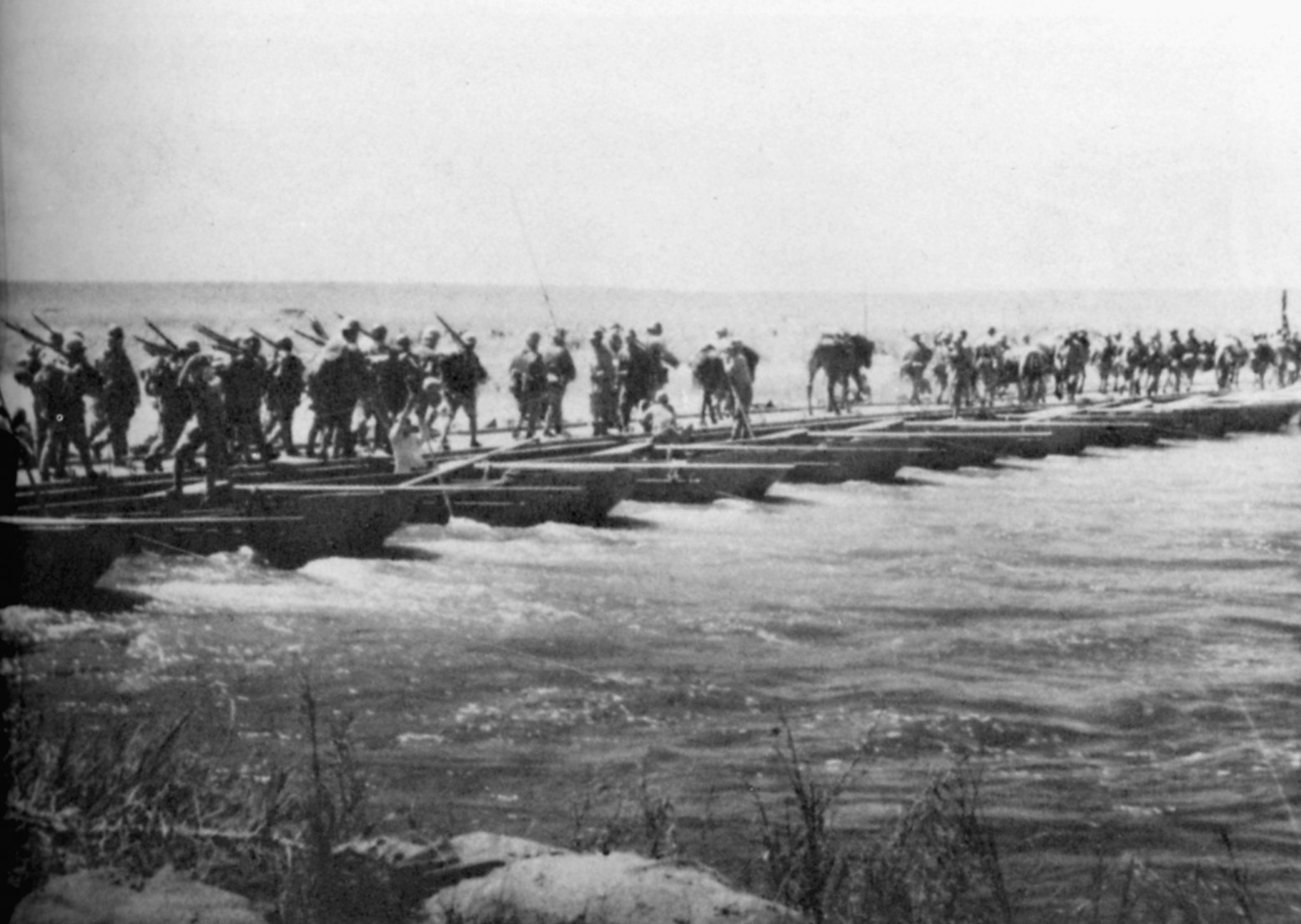
While troops poured into the area the conflict became an air war with Japanese planes ruling the sky. The Army’s K-27 fighter was an open-cockpit, single-wing design with fixed landing gear, but it dominated the Russian I-15 and I-16 fighters of an even older design.
The I-15 was a fixed-gear, open-cockpit biplane and was considered useless by this time. It was quickly swept from the skies. The I-16 was a stubby little monoplane with open cockpit and retractable gear. An experienced pilot could use its two machine guns and 20mm cannon to good effect. In the early part of the fighting, the Japanese seemed to have inflicted heavy losses on the inexperienced pilots and antiquated Soviet planes. They also gave effective air support to the troops on the ground.
Both Sides Told Exaggerated War Stories
Wildly inflated claims by both sides would obscure the nature of the air campaign at Nomonhan, but clearly at this stage the Japanese were dominant. Soviet pilots avoided dogfighting and concentrated on ground support, fleeing at the first sign of enemy fighters. This battle saw the beginnings of the Soviet boom and zoom tactics that would give American pilots so much grief during the Korean War in the 1950s.
This strange battle in the middle of nowhere would be shrouded in confusion for historians. For one thing, it was fought in a remote location with few independent observers. Second, the Japanese and Russians had different names for each sand dune, stream, and other topographical feature. Finally, each side would exaggerate the blows inflicted on the enemy and minimize its own reported losses. In General (later Marshal) Georgi Zhukov’s 1969 memoirs, he gloats over losses inflicted on the Japanese but does not acknowledge any losses of his own.
On June 1, 1939, in far away Byelorussia that same Zhukov, who would lead the Red Army to final victory over Nazi Germany, was evaluating military exercises by troops under his command when he was ordered to report to Army headquarters in Moscow. Once there, he learned of the deteriorating situation in Mongolia and was dispatched immediately to take charge.
Zhukov arrived in the Mongolian capital on June 5 to find the Russian command in disarray. The senior officers had not visited the front and there were no telegraph or telephone lines of communication to the area and none in the works. The enemy controlled the skies and moved about at will. The operational railhead the Russians had to work with was over 400 miles behind the lines, and no provision had been made to supply the troops.
The new commanding general rushed to the front to see the situation for himself. What he found was a vast, treeless landscape with undulating sand dunes but no distinguishing features. Some scrub grass grew on the shapeless dunes of the east bank, and there were a few eucalyptus trees south of the Holsted River.
The Holsted was a mere stream, and except for rainwater, was the only source of reliable local drinking water. The Holsted flowed into the saline Halha River from the east. The terrain rose more abruptly on the west bank of the Halha, giving the Russians an unobstructed view of enemy activity on the east bank. There would be no place for the Japanese to hide from watchful artillery spotters and snipers.
The two intersecting rivers, swollen from seasonal rains, had muddy banks, which would hinder motor transport. Only unimproved dirt roads ambled through the area, and these were frequently and easily covered by sand storms or mired with mud. The temperature was brutally hot during day and numbingly cold at night. During the long battle, it often rained at night, adding to the misery of the soaking wet, mud-encrusted, mosquito-bitten soldiers of both sides. Only the fact that the rains delivered a little fresh water made them bearable.
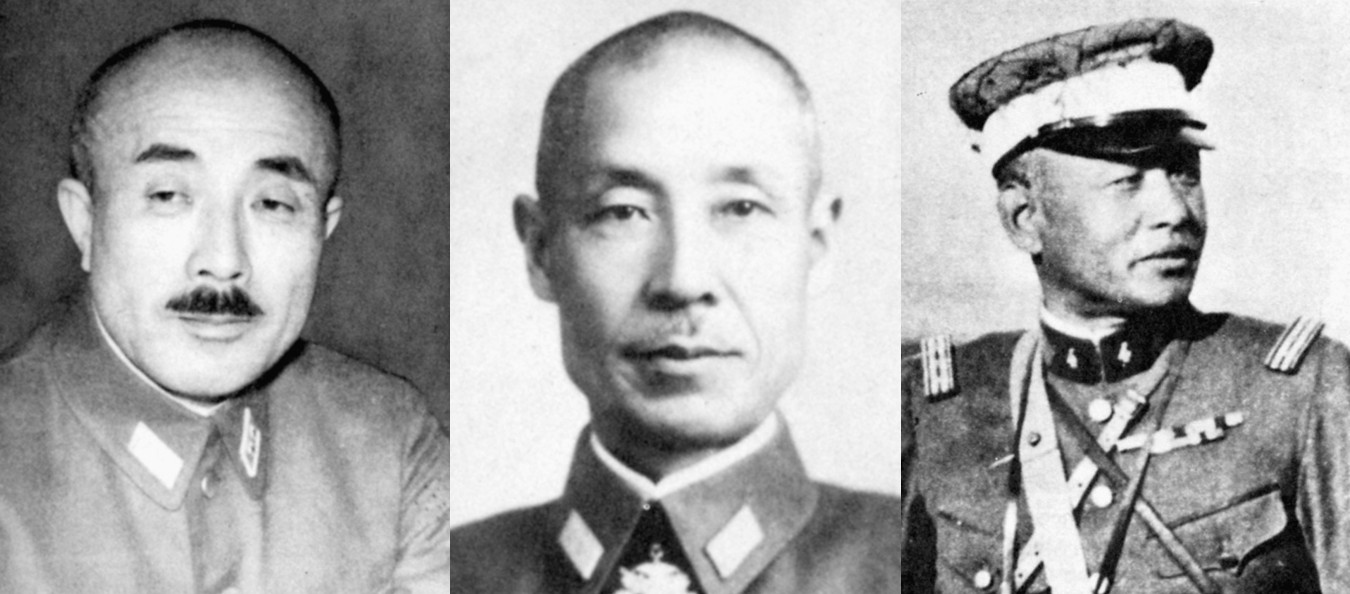
The Most Paranoid People on Earth
The contested area contained no strategic importance, no natural resources or tactical advantage for the owner. It consisted of little more than scrub grass for grazing horses and flocks. Yet, battles are fought in obscure locations for obscure reasons, and this one was no exception.
Zhukov was convinced that Nomonhan was only the beginning of Japanese ambitions. He believed that they had designs on Mongolia and all of Soviet Siberia east of Lake Bakal. The Japanese had already proven that in 1917, and the Soviets at this time were the most paranoid people on earth.
Zhukov reported his assessment to Moscow along with his belief that he would need three infantry divisions, a tank brigade, artillery batteries, and airplanes. Stalin agreed, and reinforcements were quickly dispatched for the long journey on the Trans-Siberian Railroad.
The planes arrived first, along with veteran pilots of the Spanish Civil War, many of them designated Heroes of the Soviet Union. They soon made their presence felt, and on June 22 got the best of a Japanese bomber strike force. The Russians claimed 64 Japanese planes shot down in dogfights between the 22nd and the 26th, while admitting no losses. The Japanese made equally victorious claims for their pilots.
For the month of July, Japanese pilots would claim 134 air victories with the loss of only 14 of their own planes. For the same month, the Russians would claim a 4 to 1 victory ratio. In any event, the addition of battle-hardened Russian pilots ended the Japanese domination of the skies, and dogfighting resumed as the Russians put up a real fight.
There were interested bystanders to this remote air war. In China, American observer Claire Chennault, who would soon command the famous Flying Tigers, followed the action in the air with great interest. Determining successful tactics against Japanese fighter planes was job one for the little band of expatriate American flyers.
On July 1, the Japanese launched a night offensive against Russian and Mongolian units on the east and west banks of the Halha River. Backed by 73 tanks, the Japanese soon took some of the high ground on the east bank of the river. At the same time, they threw a pontoon bridge across the river to pursue the Russian reserves and artillery batteries on the west bank. All this was accomplished before morning. With the light, the situation began to change.
General Zhukov, fearing that his artillery would be overrun, committed his tanks and armored cars to the attack. They would be unsupported by infantry because most of the troops requested from Moscow had not yet arrived. Zhukov had commanded a tank regiment early in his career and had a good grasp of the new weapon’s capabilities.
186 Tanks and 250 Armored Cars Smashed into the Japanese Flank
In World War I, the fledgling tank was used in support of infantry. A few tanks were allotted to each unit to lead an assault, clearing the way and using their guns in support of an infantry advance. Zhukov believed that the tank could form the basis of its own assault group, acting independently without being slowed by a plodding infantry.
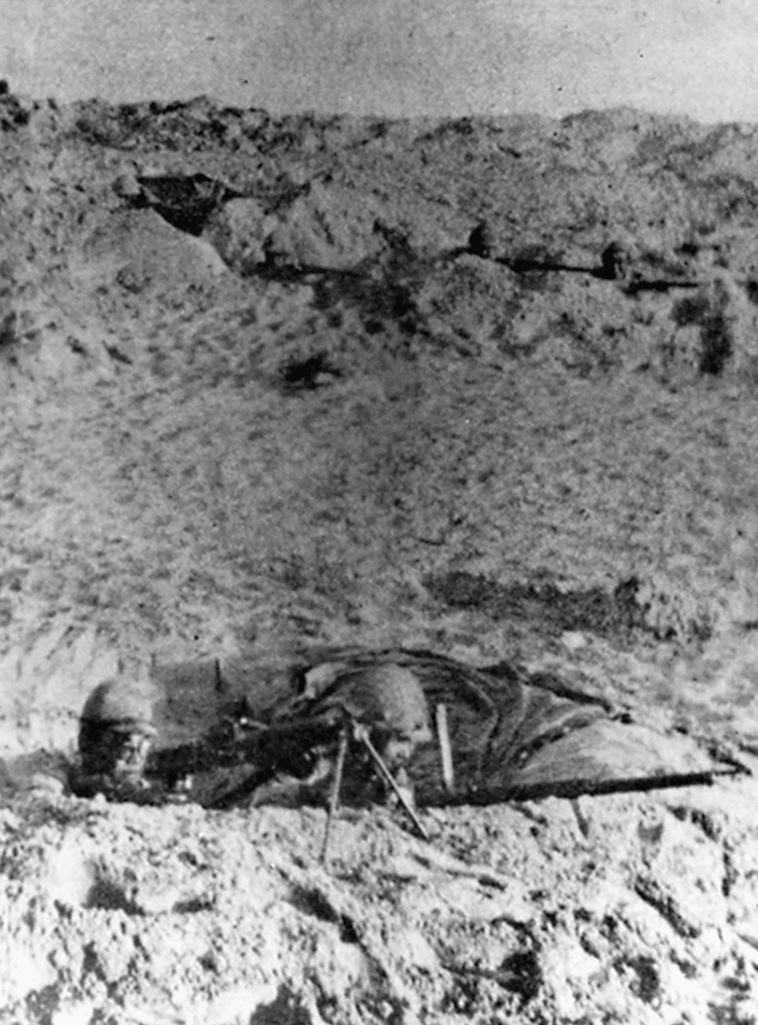
A tank brigade might punch huge holes in the enemy lines and wreak havoc in his rear. This had been tried in Spain without success because Russian tanks were of inferior quality and easily knocked out. Still, Zhukov believed in the strategy, and now it was forced upon him.
About 186 tanks and 250 armored cars (Zhukov estimated 150 each) slammed into the Japanese flanks and drove them back to the river.
The fighting was furious. Japanese infantrymen without tank or artillery support found that they could knock out gasoline-powered tanks and armored cars with Molotov cocktails, mines, and 37mm field guns. About 120 vehicles were destroyed in this way, but the Japanese soldiers, who had to get up close to deliver an attack, took heavy casualties.
It took three days to throw the Japanese back across the river. The tank assault was not the blitzkrieg Zhukov had hoped. It rained at night, miring the vehicles in mud and giving the Japanese the coveted darkness to hide behind for their brave personal assaults.
The single Japanese pontoon bridge across the Halha, under constant artillery bombardment, could not keep up with the resupply needs of the Army, and all the other available bridges had long ago been sent to China. Japanese losses against superior firepower were unsustainable, and they were forced to abandon the west bank of the river. When the Japanese retreated across the Halha, some men panicked and drowned in the rain-swollen river.
On the east side, things were no better. Soviet resistance stiffened after the initial Japanese assault. The attacking troops came within range of deadly Russian artillery fire from the west bank. Despite the loss of over half their tanks, the Japanese could not push the Soviets off their defensive position.
The Russians clung tenaciously to a semicircular line anchored on a large sand dune in the center. They were dug in along a position that stretched from the Halha River on the left to the Halsted on the right. The rivers’ confluence was the rear of the Russian position. It was here that they had constructed their own bridge and it had to be held at all cost.
Superior Fighters in Close Combat
The Japanese spent two weeks trying again and again to force the Russians out of their positions on the east bank. By now superior numbers of Russian reinforcements were making themselves felt. Counterattacks cost the Red Army hundreds of lives, but political officers stiffened their resolve by shooting shirkers.
The Japanese were superior hand-to-hand fighters, and the Russians learned to avoid bayonet fighting and the officers’ deadly Samurai swords whenever possible. On the other hand, the Japanese had no answer to Russian artillery bombardment and had to endure it for days at a time.
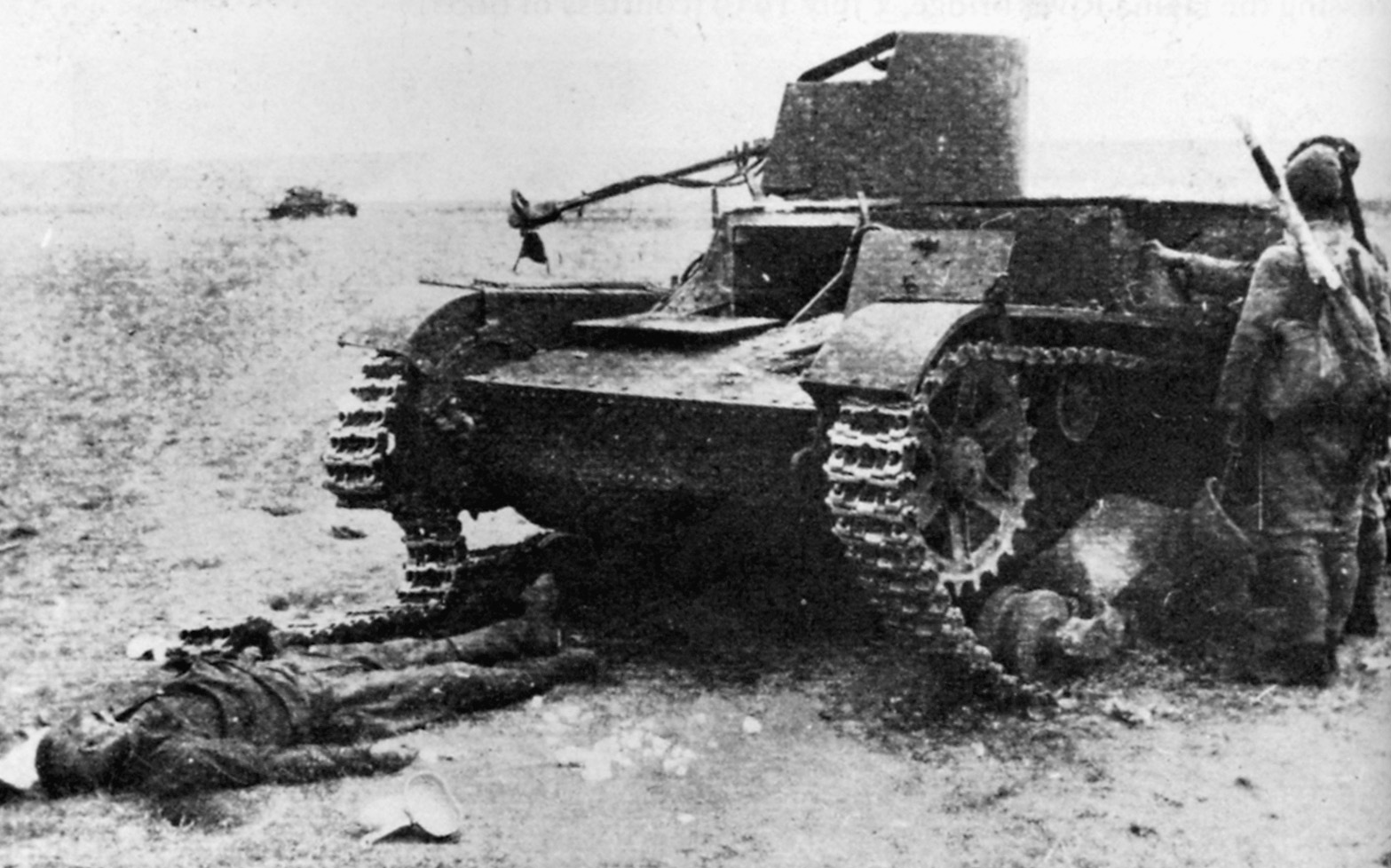
Failing to dislodge the enemy from the east side of the river, the Japanese hid as best they could behind their sand dunes. They hastily dug into the sandy soil using the wooden slats of ammunition boxes to shore up the walls of their foxholes and trenches.
The resulting stalemate led to artillery duels, with both sides continuing to bring in fresh resources. In all, the Russians were able to put about 100 guns into action against 80 for the Japanese. The Russians enjoyed the higher caliber guns and could easily outrange the Japanese much of the time. Stocks of Russian artillery shells were in abundance, while the Japanese had to ration their ammunition. The only consolation for the Japanese was that many of the Russian shells were duds. The battlefield soon became littered with dangerous unexploded ordnance.
On July 23, the Japanese renewed their offensive with another classic night attack. They fired a reported 25,000 artillery rounds in support of the assault, but Russian counter-fire was even greater. In an effort to flank the Russian position, the Japanese sent troops south of the Halsted River to extend the front. The attackers made some gains, but paid for it with 5,000 casualties. The Russians were also bleeding profusely, but did not release casualty figures.
In support of the offensive, the Japanese conducted air strikes against Russian airfields. Some of these seem to have been in Siberia and threatened to broaden the conflict. From Tokyo, the Emperor himself issued a condemnation of the air action.
The two sides settled into a stalemate along a 15-kilometer front on both sides of the Holsten River, which became tactically important for its potable water. During the next month, the two sides came up to their full strength. The Japanese fielded 30,000 men (Zhukov claimed they had 75,000) while the Russians were able to bring up over 70,000.
The Japanese got few new tanks or armored cars, while Zhukov secretly assembled 500 and 350 respectively. The new tanks were fueled by diesel rather than gasoline like the earlier Russian models on the battlefield. This improvement made them more difficult targets for Molotov cocktails. The famed T-34 tank that would do so much damage to the Germans was not yet available.
“Zhukov Has Never Lost a Battle”
It was a logistics miracle typical of Zhukov. Although he was over 400 miles away from the nearest railhead, he was able to bring up overwhelming reinforcements and supplies. At the end of World War II, Joseph Stalin would say, “Zhukov is my George B. McClellan (Lincoln’s Civil War general). Like McClellan he always wants more men, more cannon, more guns. He never has enough. But Zhukov has never lost a battle.” General Zhukov’s overestimation of the enemy forces in front of him certainly bears out the comparison to McClellan.
Fleets of hundreds of new Russian trucks and tankers ran between the rail terminus in Mongolia and the front, bringing in thousands of soldiers and tons of supplies. They were also able to take out the wounded in relative comfort. The Japanese were not so lucky. Even though they had a shorter distance to transport men and supplies from the nearest railroad, they did not have the motor pool to draw upon.
The Soviet government had placed great emphasis on truck construction during the 1920s and 1930s. These sturdy vehicles were fueled by a sea of oil from Russia’s own fields and shipped to Mongolia by the hundreds to support the campaign. The Japanese, with no oil of their own, had only a few trucks on hand. For the most part, they had to move artillery with camels and supplies with pack animals and horse-drawn wagons. The troops marched to the front burdened with their 65-pound packs, 9-pound rifles, and other gear in 90 degree heat and dust.
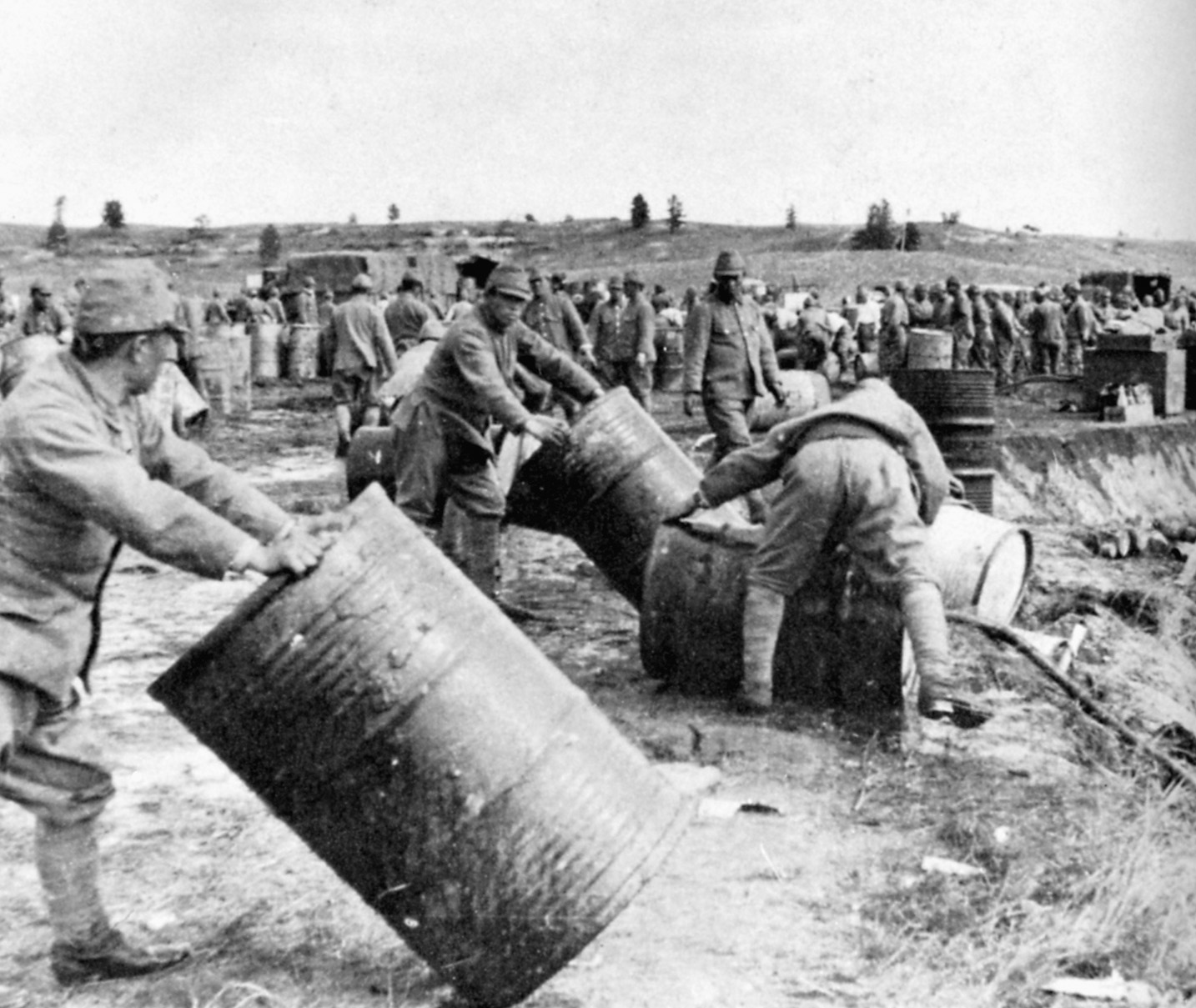
In early August 1939, Stalin gave the resources needed for the fight unstintingly because he knew something that Zhukov and the Japanese did not. Russia was in the midst of negotiations with Nazi Germany for a non-aggression pact that would lead to the partition of Poland. The pact was negotiated in secret and signed on August 23. When it was publicly announced it would stun the Japanese and the rest of the world.
Ever since Adolf Hitler had taken power in Germany, Japanese policy toward Russia had been one of anticipating Nazi aggression in the West, allowing Japan a free hand in Siberia. When word of the understanding between Berlin and Moscow got out, Tokyo was deeply troubled about having grabbed a tiger by the tail.
Meanwhile, the soldiers at Nomonhan had no knowledge of these events. They kept on fighting. Through the first week of August, Zhukov secretly amassed his men and material while sending out probing patrols and even brigade-sized feints to keep the enemy off balance. For their part, the Japanese were proud of themselves for a stout defense against these relentless attacks. As far as they were concerned, they were repelling the enemy’s best efforts.
To hide their growing strength, the Russians employed the stealth and guile for which Zhukov would later become famous. The newly arrived tanks moved only at night behind a sound screen of noisy trucks whose mufflers had been removed. The entire Russian side was awash in noise day and night. Loud speakers were used to broadcast fake construction noises, while planes flew constant strafing and bombing runs. Soviet troops were issued leaflets explaining how to prepare for defensive, not offensive, fighting.
Japan Underestimated Russian Capabilities
For two weeks the Japanese troops on the ground heard lots of engines and construction coming from the Russian lines, but could not make out what it meant. Meanwhile, the skies were often overcast in the morning, making air reconnaissance difficult. Even when Japanese spotter planes could see what the Russians were doing, they had no cameras to record an accurate estimation of the enemy’s strength and movements. To make matters worse, Japanese commanders put little faith in what the flyers told them.
One myopic quality of the Japanese in battle was to underestimate the enemy and his capabilities. They did not see how the Russians could move vast numbers of men and thousands of tons of supplies over such a great distance and with such speed. The frightened and miserable Japanese troops on the ground marveled at the sustained artillery bombardment they had to endure and the sheer volume of shells thrown against them in their shallow trenches.
Believing that the Japanese were preparing to launch new offensive operations on August 24, Zhukov stole a march on them and launched his own full-scale attack on August 20. The Japanese were about to learn what the Germans would later find out at the hands of General Zhukov. Having secretly assembled overwhelming numbers of tanks, artillery, and men, he unleashed a classic double envelopment of the enemy following a massive artillery and air bombardment.
Tanks and armored cars led the way around either flank and soon encircled the Japanese positions on both sides of the Halsted. Russian planes, now available in great numbers, supported the ground troops and were unchallenged by the Japanese. Since the Emperor’s censure of the air attacks against Siberia, few new planes were forthcoming to the Kwangtung. The troops on the ground mourned their absence. The Russian artillery barrages had cut Japanese phone lines early in the battle, leaving individual garrisons isolated and vulnerable.
The encircled Japanese soon exhausted their ammunition as each Russian bombardment was followed by a tank and infantry assault that wore down the defenders. Russian losses mounted as their assaults were repulsed by Japanese sword and bayonet time after time until the defenders, weakened by the unrelenting pressure, mounting casualties, and lack of supplies and reinforcements either died or slipped away in confused attempts to escape. The Japanese forces outside the Russian circle tried to break the Red Army envelopment but were repulsed by the wide-ranging tanks.
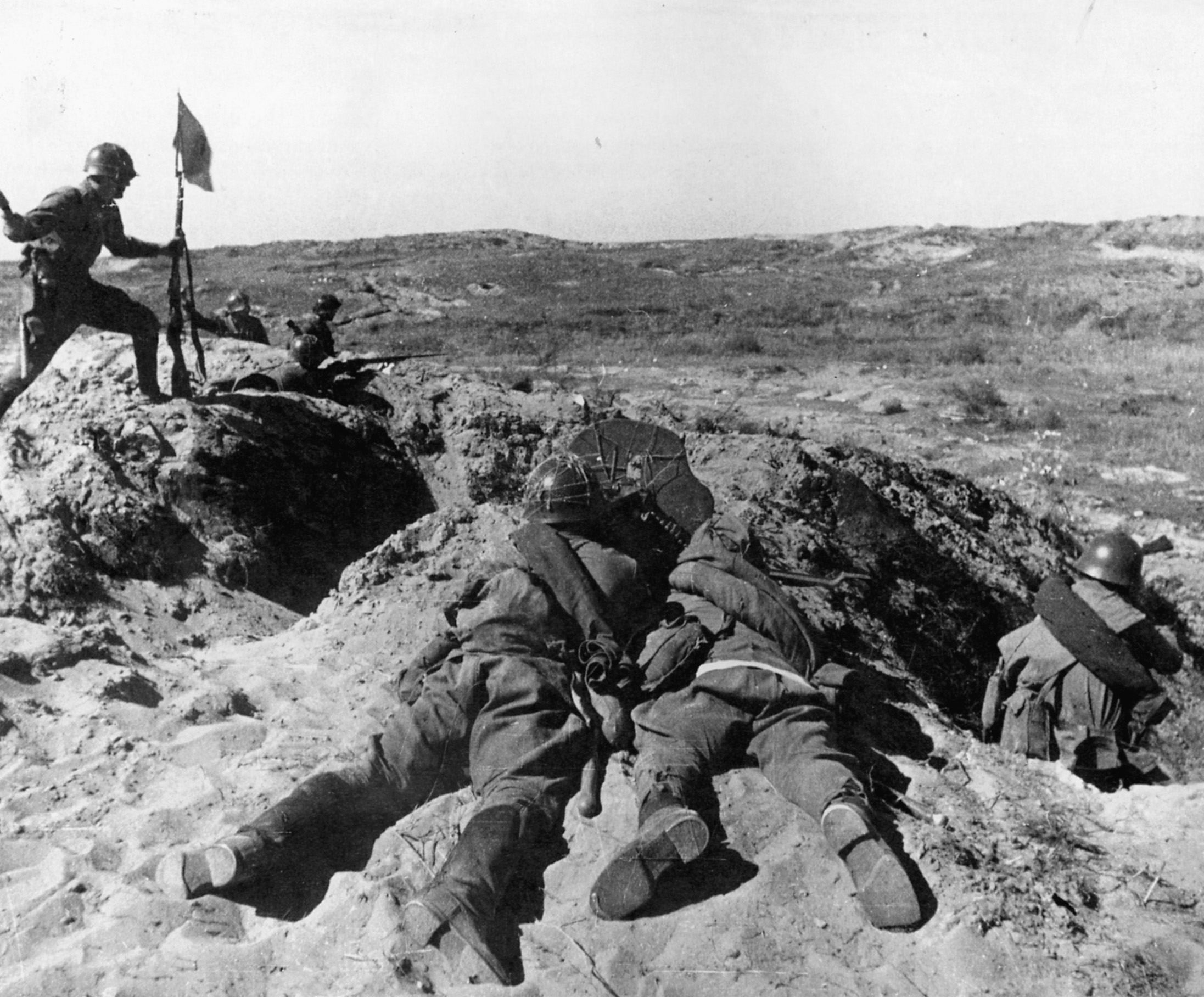
The Japanese would later cite many cases of heroism during the four days they withstood this onslaught, but in the end they were overcome by the weight of numbers and material, a foretaste of what they would soon experience in the Pacific.
By the end of August, the Russians had completed their occupation of all the territory east of the Halha that Mongolia had originally claimed. The two sides continued to duel in the air, but on the ground they sat exhausted waiting for the other’s next move.
Both Sides Sustained Almost 60,000 Casualties
That move came from the diplomats. Japan suddenly found herself isolated by the Nazi-Soviet nonaggression pact. She was deeply mired in a Chinese war with an enemy that would die by the thousands but not surrender. Meanwhile, the United States had threatened to cut off all oil shipments to Japan after the first of the year. Something had to give. The Russians, too, wanted out of the entanglement. Substantial forces were tied up in Siberia that would be needed for the forthcoming invasion of eastern Poland, the Baltic countries, and Finland. Capture of these territories was to be the fruit of the pact with Germany).
A peace treaty was soon signed, freeing Russia for action in the West and Japan for action in the Pacific. The Battle of Nomonhan, which produced the largest tank battles since World War I and cost both sides a total of 50,000–60,000 casualties, was dwarfed by the carnage that would soon overtake the world. The savage and bloody battles fought on the banks of an obscure Mongolian river would be reduced to the status of an incident.
During the incident, the Japanese had suffered casualties equaling 73 percent of their forces engaged. In the Russo-Japanese conflict the casualties had been no more than 20 percent. Something was wrong, but Tokyo and the Kwangtung were eager to hide the true facts from the people and each other. During the brutal years to come, the ordinary Japanese soldier would again and again throw away his life in wasted night attacks against an enemy possessing vastly superior firepower.
For the survivors of this obscure little war, the future was not bright. The Soviet Siberian Army would try in vain to stem the German attacks of 1941. Thousands of the veterans of Nomonhan would be killed or captured. Few would survive the war. The Japanese soldiers of the Kwangtung would be sent to face the Americans at Guadalcanal and on other islands from and few would survive.
In China, Claire Chenault and his Flying Tigers would soon use the lessons of the air war to vex Japanese pilots.
General Zhukov, now Stalin’s favorite soldier, would use the same tactics of stealth, massed tank attacks, and envelopment that he first employed at Nomonhan against the Germans.
The forgotten test of wills in the outback of Asia would be a blueprint for coming conflicts in Europe and the Pacific.
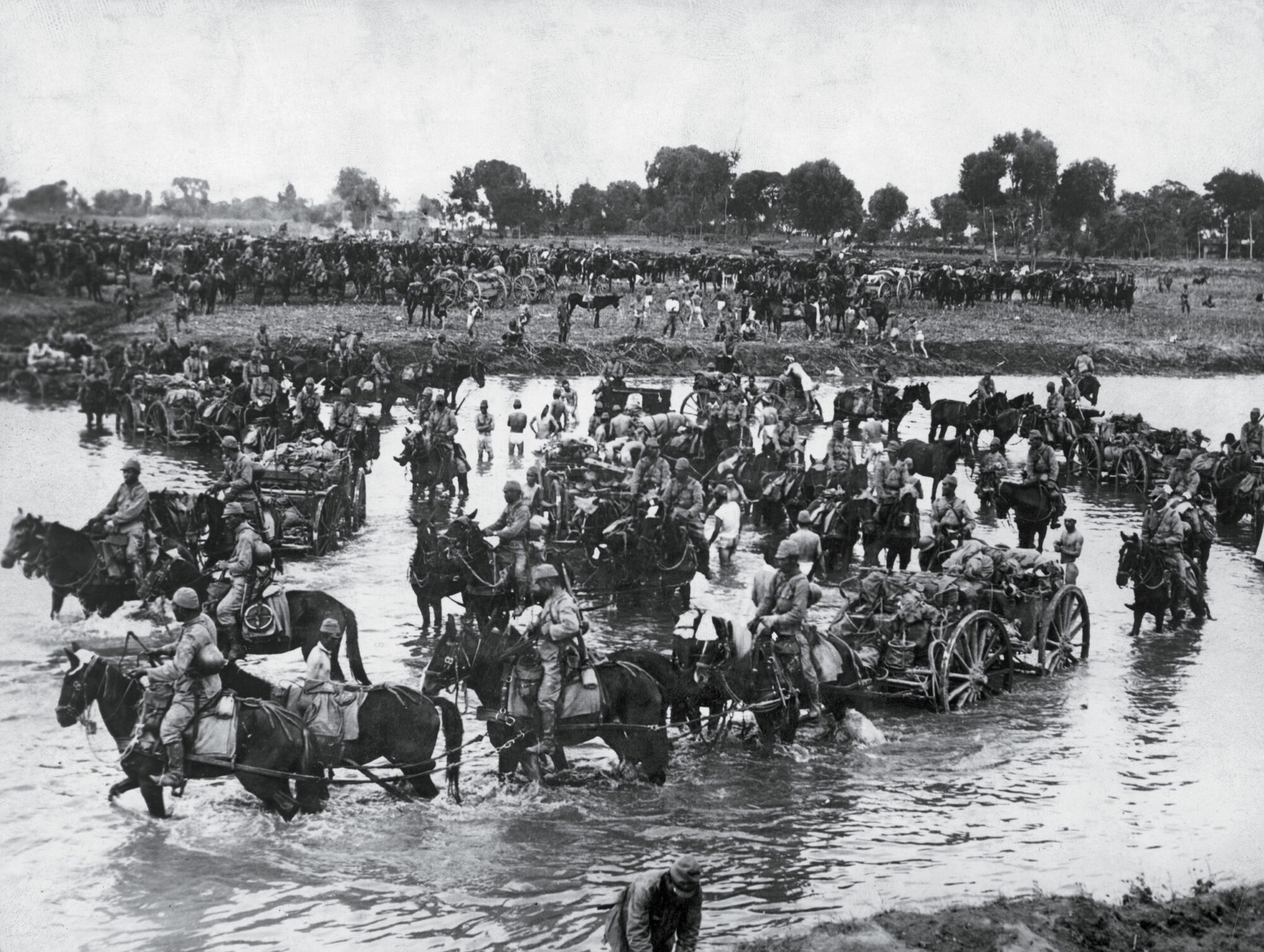
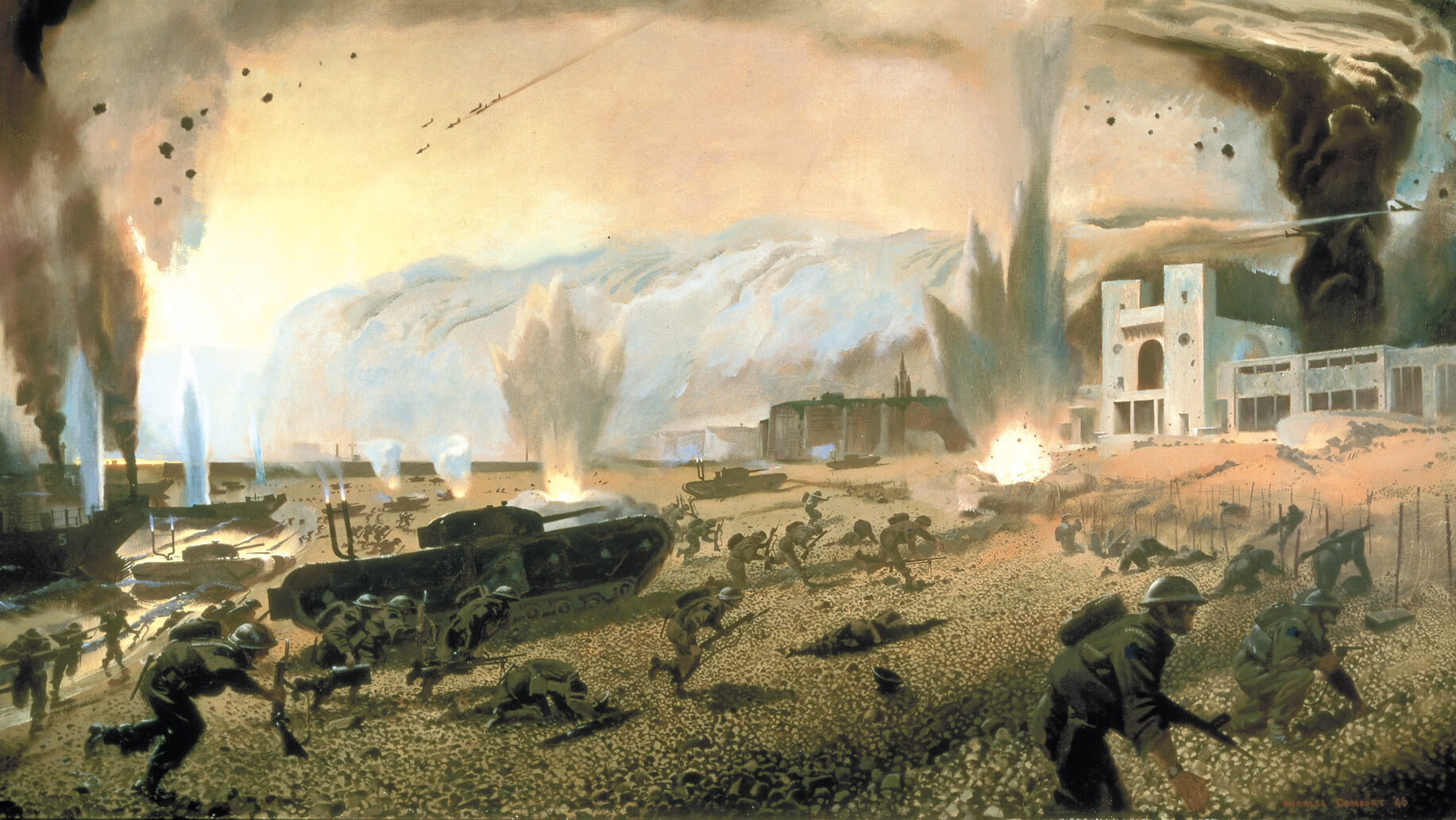
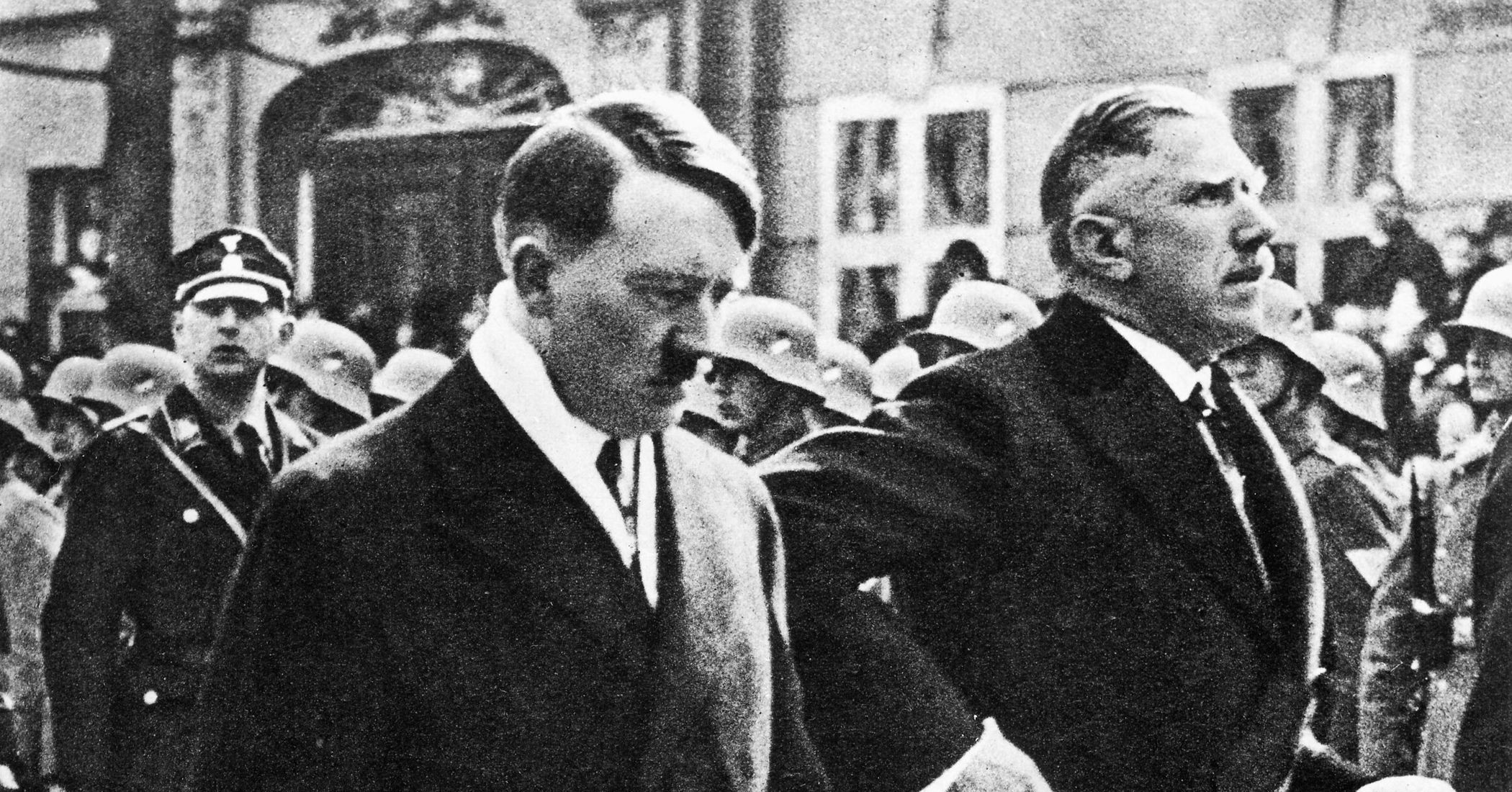
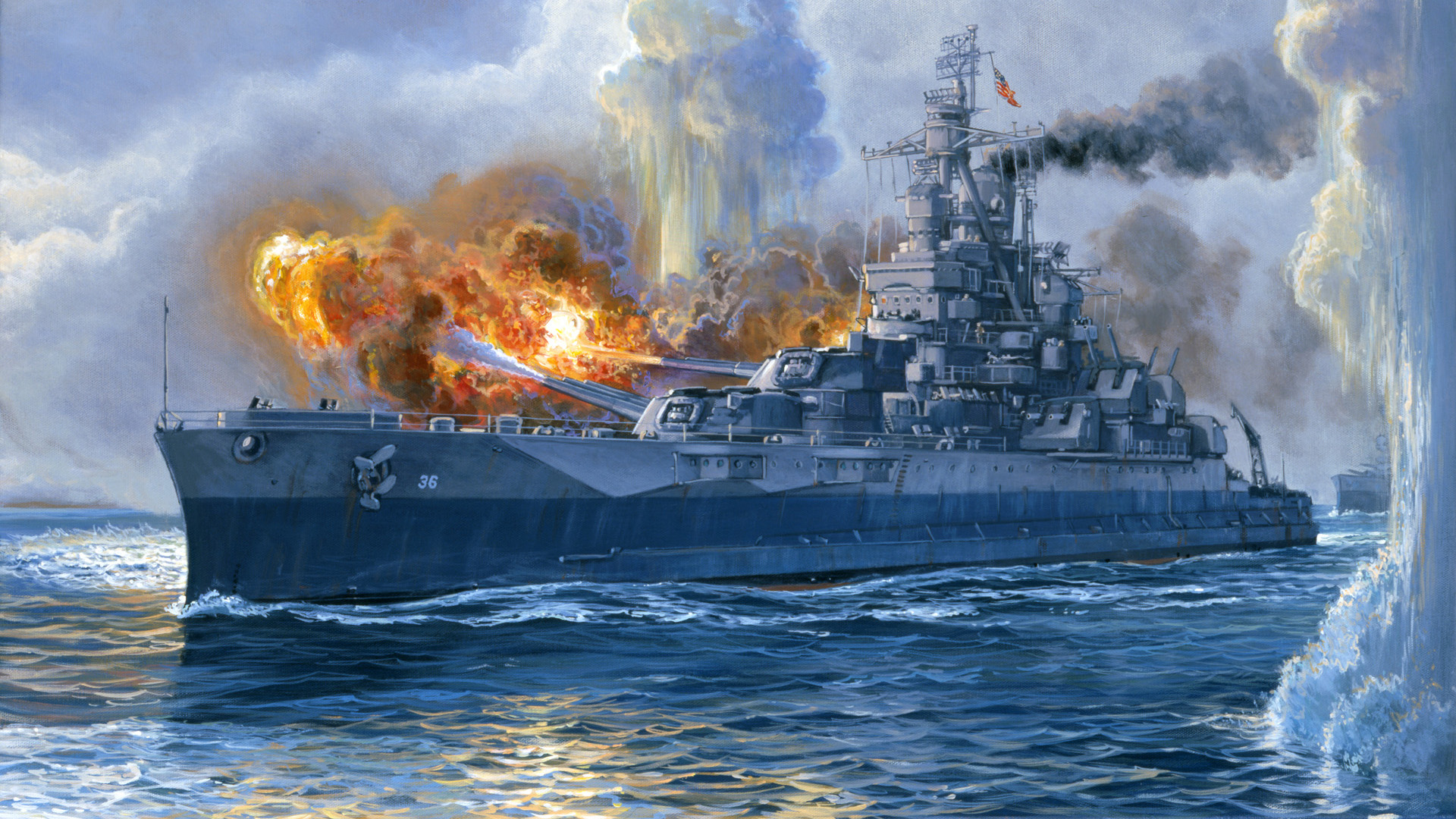
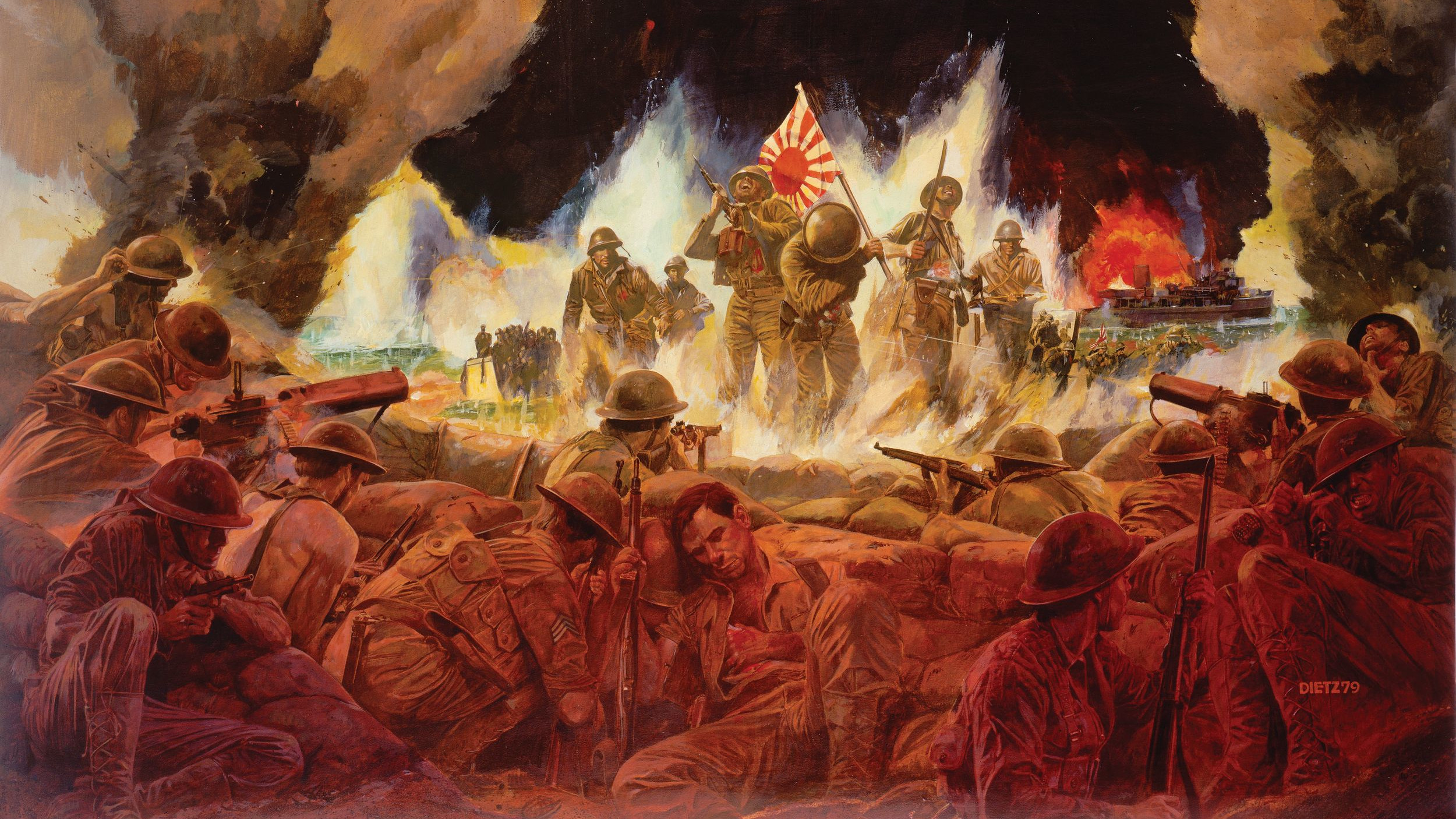
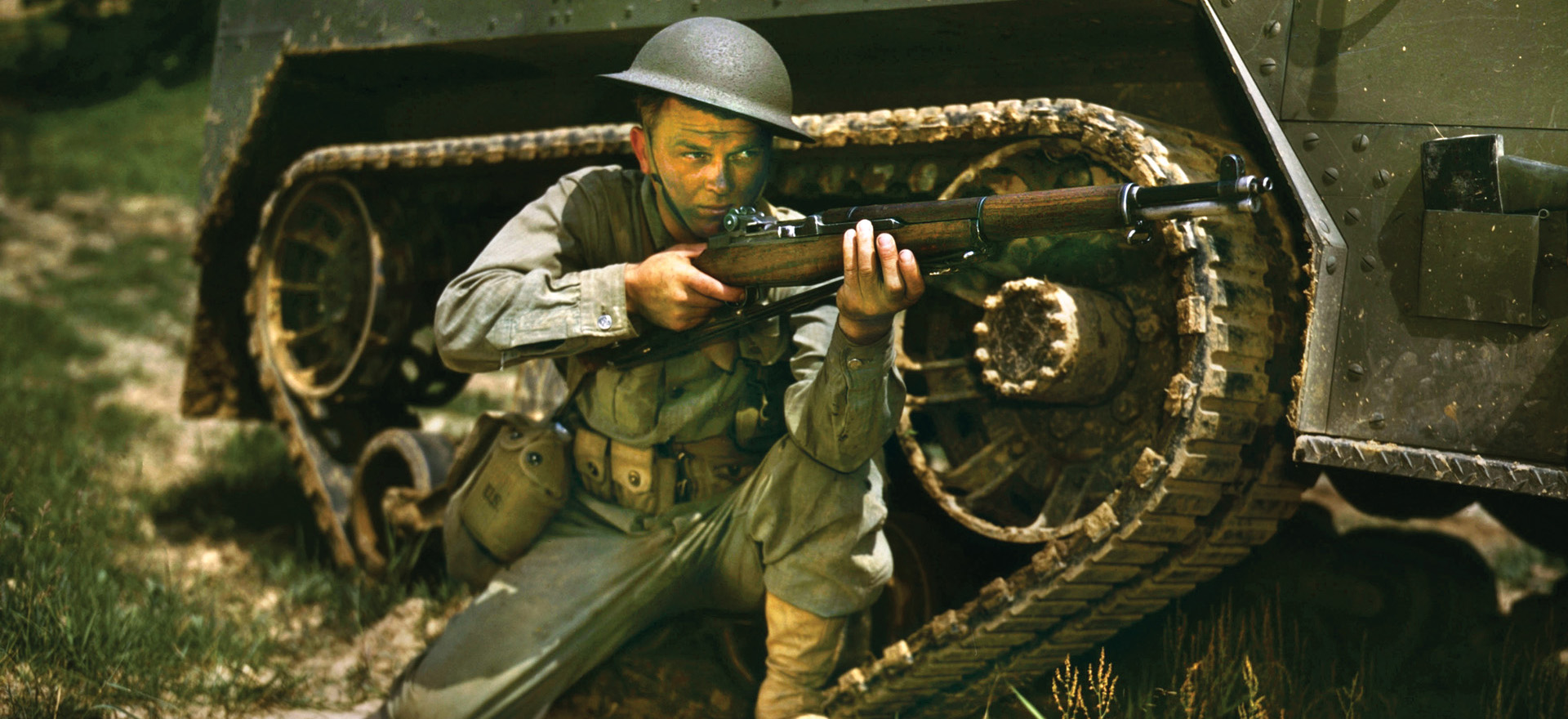
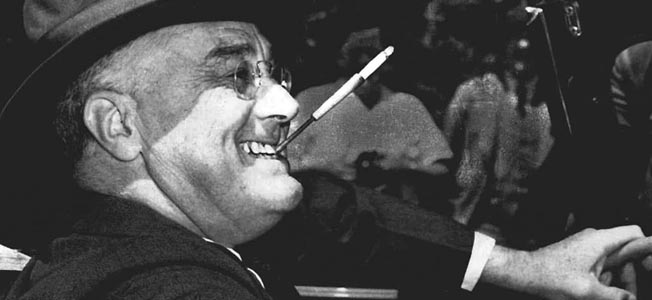
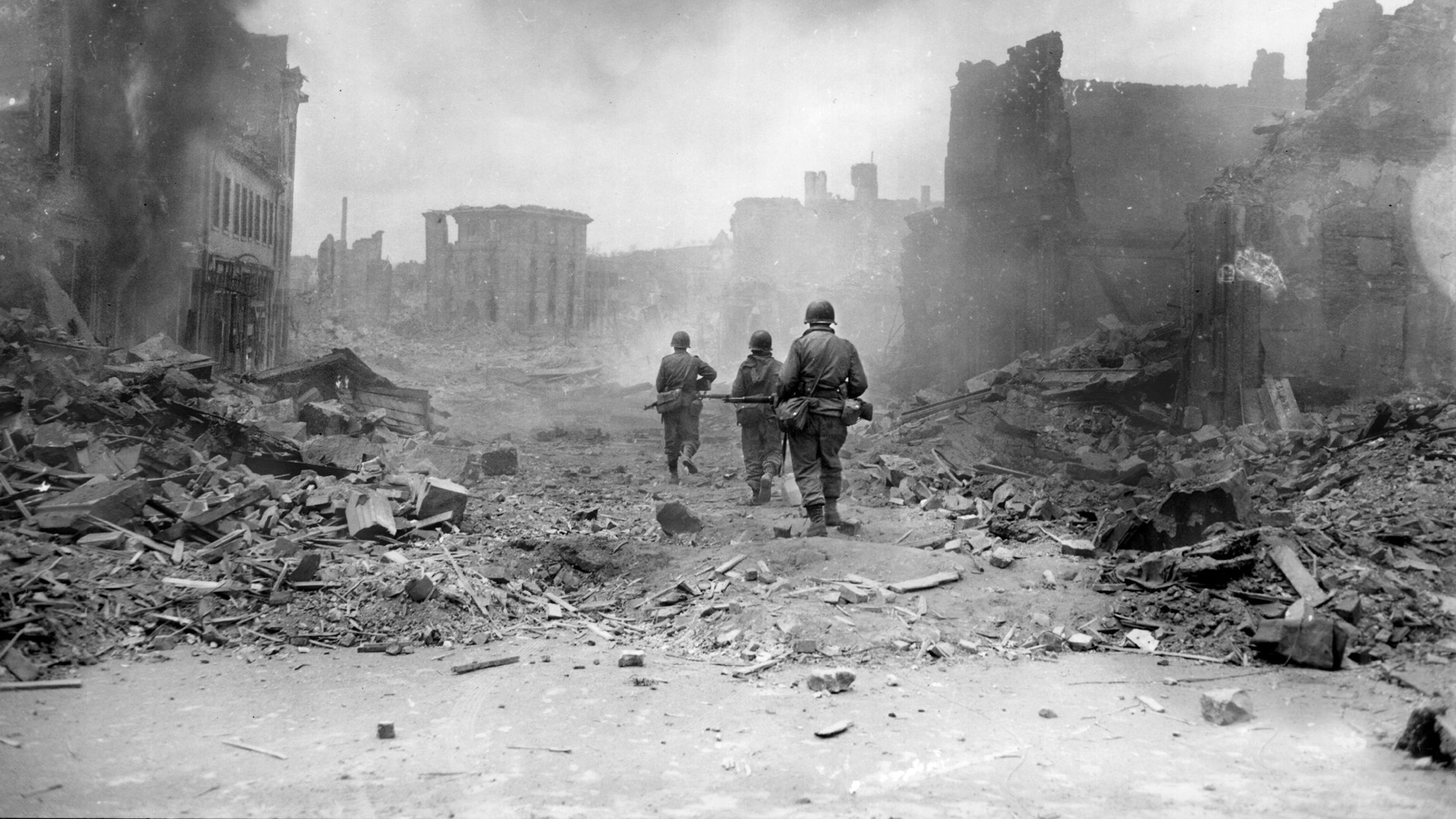
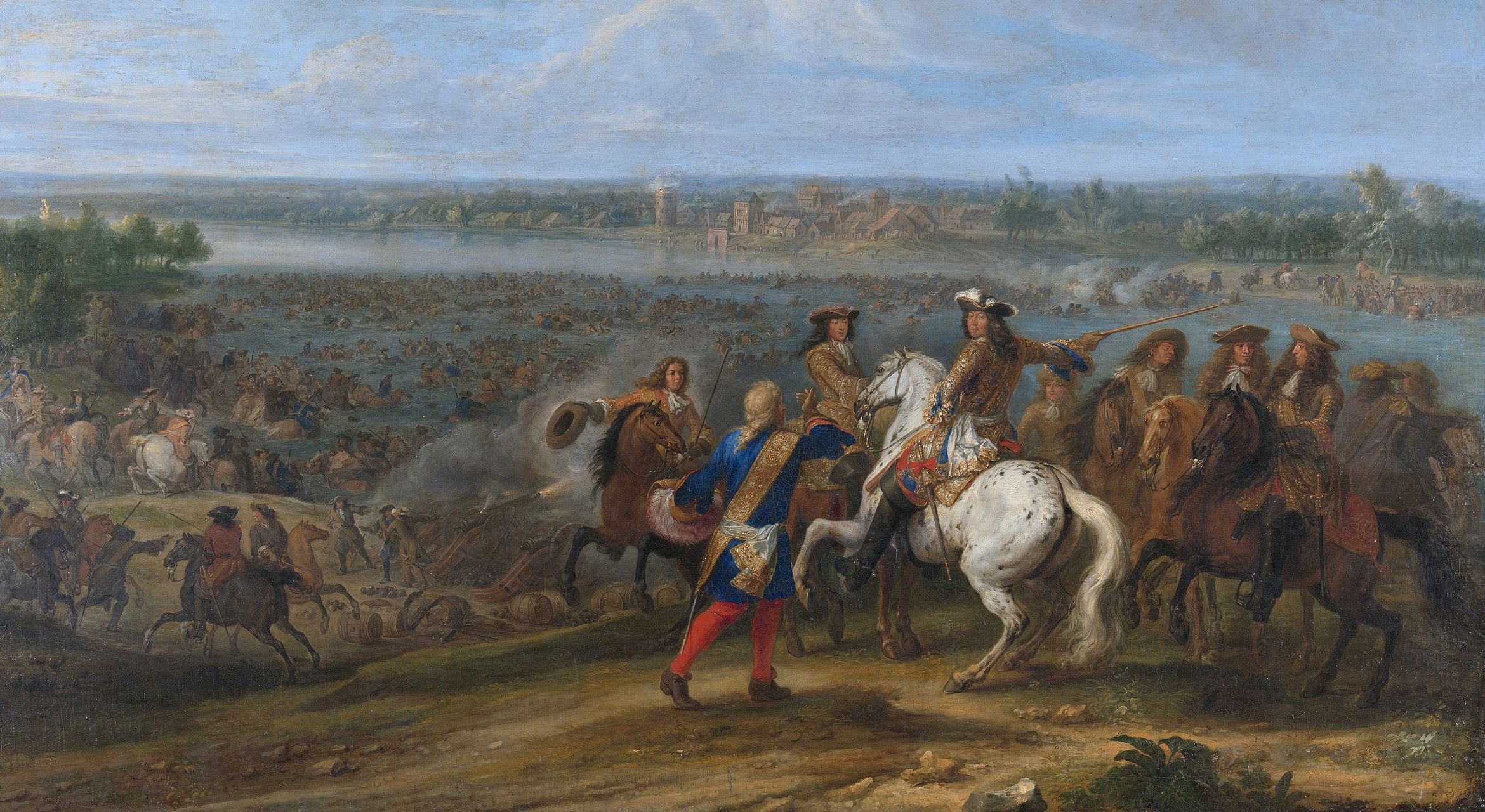
Join The Conversation
Comments
View All Comments